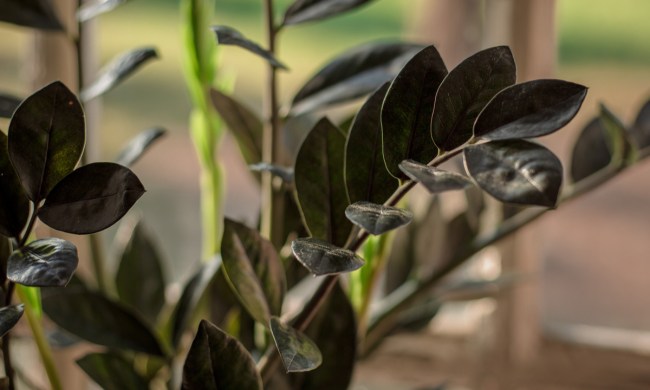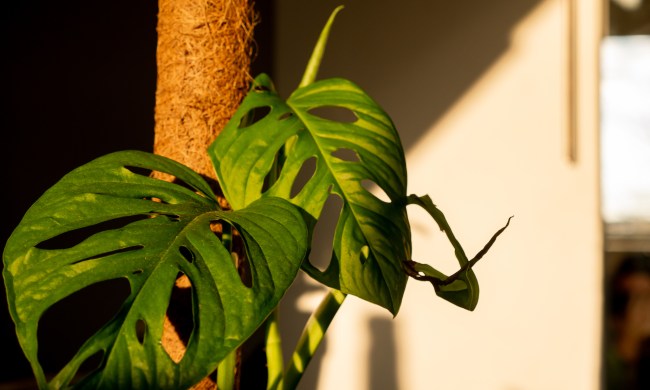Keeping your plants healthy includes keeping them hydrated, but what is the best way to do that? There’s traditional watering, automated watering systems for when you’re out of town, and even water globes. One option you may have heard about is growing plants in water beads. Not all plants can be grown in water beads, and there are potential consequences you should be aware of before starting, but this method can be quite effective. In this guide, we’ll discuss plants that grow in water beads and how to use water beads safely.
What are water beads?
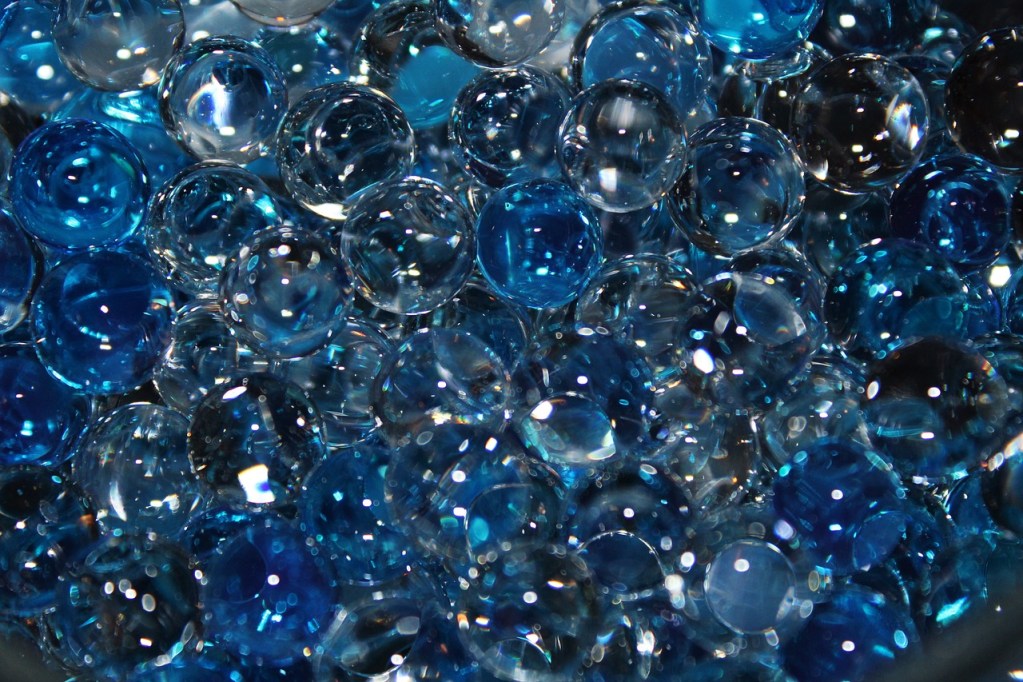
Water beads are gel spheres that come in a variety of sizes and colors. They absorb water and slowly release it over time, which is why some gardeners use them to keep their plants watered. Water beads can be made from a variety of materials, including both naturally occurring and manufactured substances.
You can often find them in toy aisles and home goods or decoration aisles. They are also available online and typically arrive dehydrated. Water beads must be soaked in water before you can use them. Keep in mind that dehydrated water beads will absorb almost any liquid, so keep them sealed until you’re ready to soak them in clean water.
Using water beads to grow plants
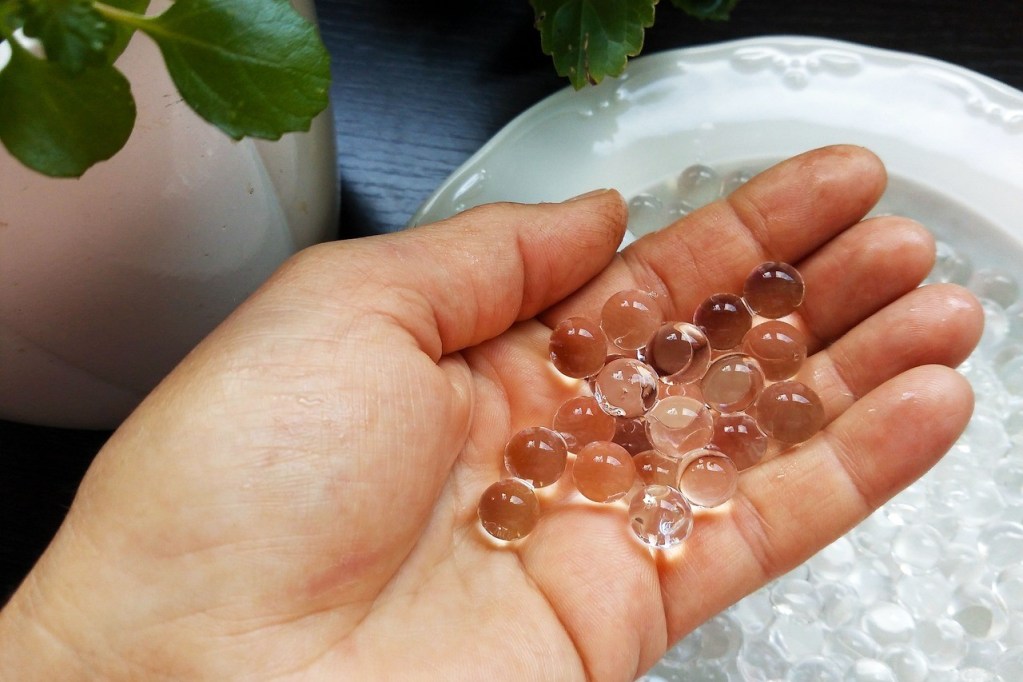
Because of their absorbent nature, water beads can be used to grow plants similarly to other forms of hydroponic gardening. While you won’t be able to start seeds in water beads, many mature plants can stay alive in water beads. To grow a plant in water beads, add your plant to a container (be sure to clean the roots first if it was in soil previously), add hydrated water beads around it, and then fill the container with clean room-temperature water.
Refill the container with water as necessary, but be sure to change the water out entirely every few weeks. The water beads will also need to be changed out every couple months, to prevent them from breaking down. In addition to being easily accessible, water beads offer support to keep plants upright. The range of colors and sizes available for water beads also means that this form of hydroponic gardening is easy to personalize to your aesthetics.
As with any form of hydroponic gardening, keep in mind that your plant will need to be fertilized. Use a liquid fertilizer and pay attention to the amount you’re adding. Water bead hydroponic gardens are often smaller, so be careful not to overfertilize your plant.
Common problems with water beads
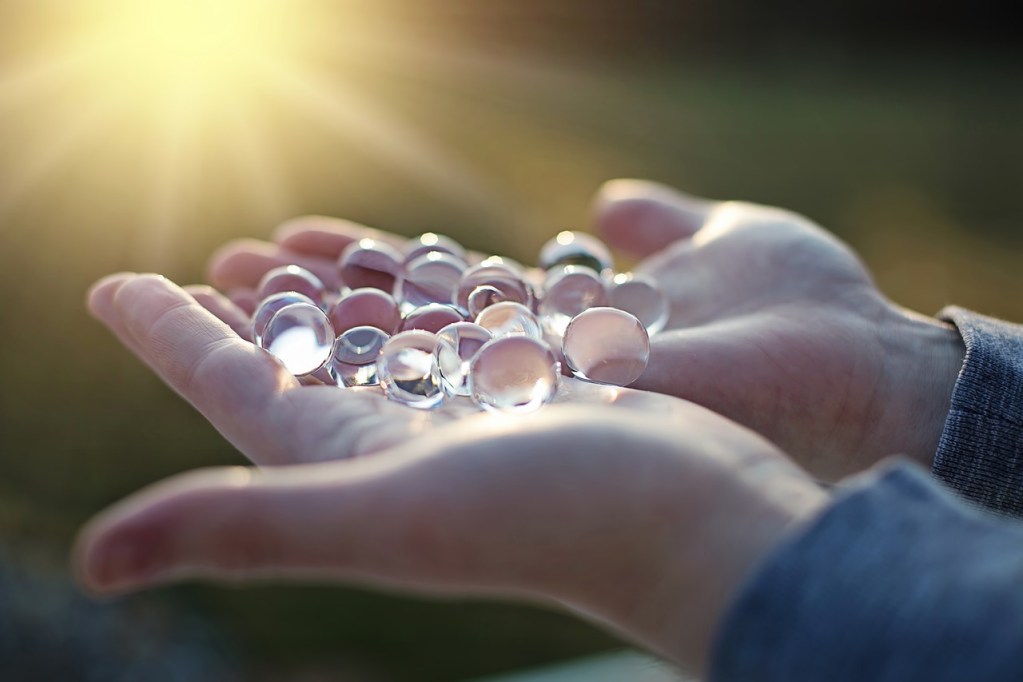
Water beads keep the roots of your plant consistently moist, and not all plants enjoy that. Additionally, even plants that like a lot of moisture can develop problems over time. Root rot is the primary concern. Mild root rot can be treated by removing the plant, trimming the infected roots, and letting the plant dry before replanting it. However, prevention is more effective. Changing the water and water beads regularly is key to preventing root rot, as is keeping the container clean.
Water beads will degrade over time, but this typically will not harm plants (although it can make cleaning up a hassle and cause your plant to shift or lean). However, water beads can be made from a variety of materials. It’s a good idea to look for water beads that are specifically labeled as biodegradable, environmentally friendly, and safe for plants, just to be sure.
The best (and worst) plants to grow in water beads
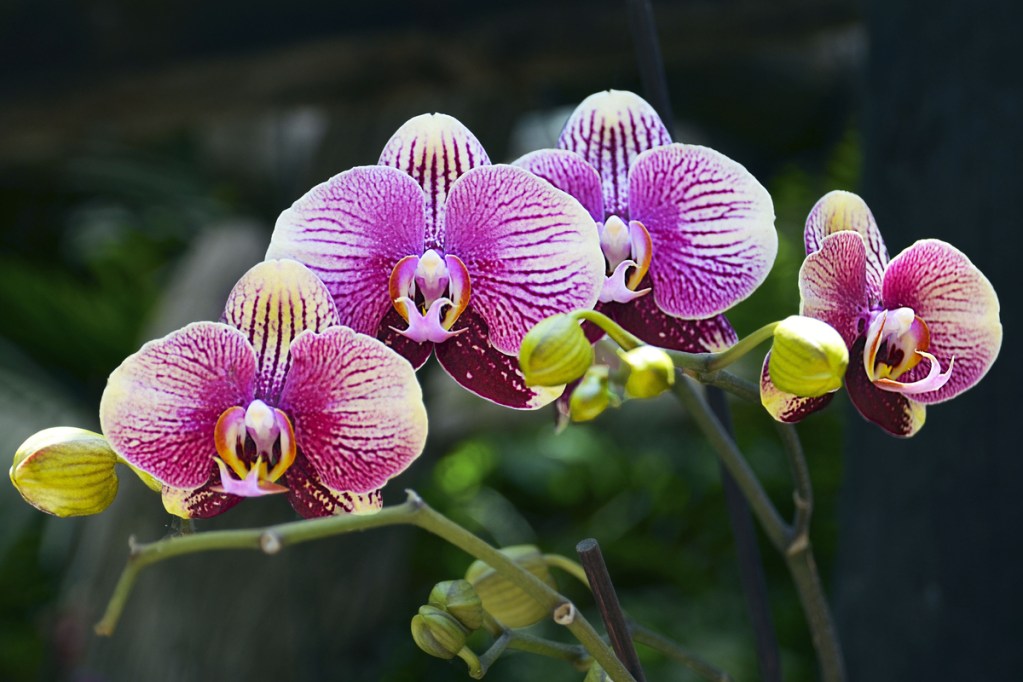
While most plants can live in water beads for short periods of time, the best plants that grow in water beads are those that love moisture. Orchids, ferns, pothos, and even some ivy varieties can all grow using this method. However, plants that are sensitive to overwatering and prefer dry conditions, such as most cacti and many succulents, are more likely to struggle when grown in water beads.
Although you may not think of it as growing, water beads are also an excellent base for cut flowers. They can be used to create a beautiful display, they’ll hold the cut flowers upright, and they’ll offer moisture to keep the flowers fresh.
Can you mix water beads and soil?
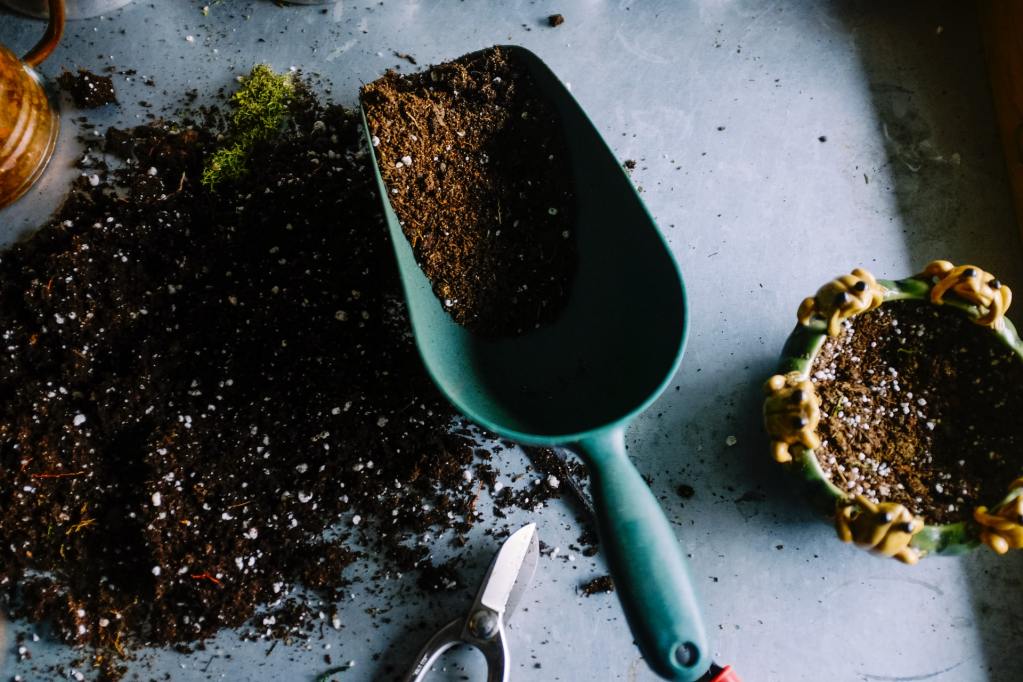
You can mix water beads with soil to provide steady water to plants that can’t grow in water beads alone. It’s easiest to add them to the soil while they’re dry. They will then absorb the water as you water your plant, slowly releasing it over time. However, there are a few important caveats to note. Since the water beads will be more difficult to replace or remove as they break down, be sure to get plant-safe biodegradable water beads.
Additionally, avoid using water beads in traditional gardening, where the water beads could potentially cause harm to wildlife if they accidentally eat one. If you want a simpler alternative, you can add perlite to your potting soil to achieve the same benefits with less fuss.
Water beads aren’t the perfect growing medium for every gardener or every plant, but with the right combination, they can be a beautiful and relatively low-maintenance method of hydroponic gardening. Whether you’re planning an elegant orchid display or hoping to keep a bouquet of roses fresh longer, consider adding water beads to your gardening tool kit.


